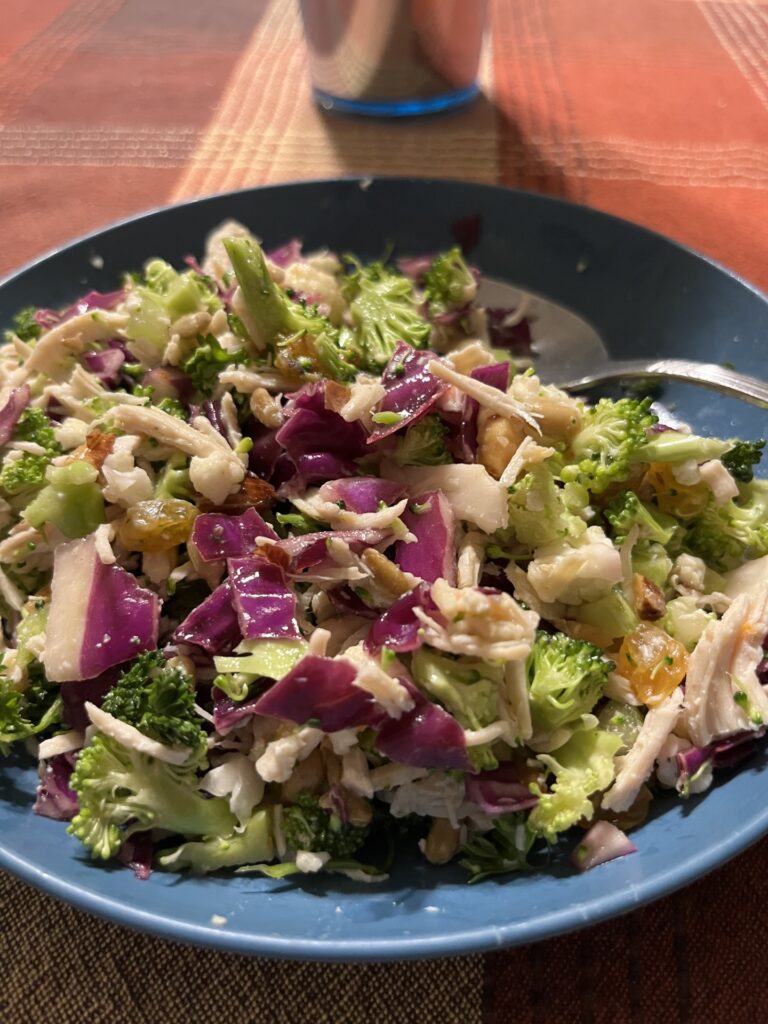Your cart is currently empty!
Crowd Control to Change Your Diet: How To Decrease The Negative
•
A friend recently asked me how much protein she should be eating. I was having a conversation with a coworker about macros and diet (not as a restriction, but as a personal choice). My friend wanted to make changes to improve her health, not necessarily lose weight. For me, my goal is 100 grams of protein a day, and my coworker aims for 150 grams. We all have different needs.
When my friend looked at the nutrition label on her snack, she realized she probably wasn’t getting close to her target. But here’s the thing: I’m not here to give you a specific number of grams. That’s something best discussed with a doctor or dietitian. My own number came from my functional medicine doctor, but the exact amount isn’t the main focus of this post.

What stood out in this conversation was something my friend noticed while looking at her snack. As she checked the protein content, she also started to see how much sugar and how many carbs she was eating. That’s when the real insight hit.
The main takeaway here is this: You can set an arbitrary goal for protein, carbs, or any other macro. You can track these numbers, but to reach your goal, you’ll need to make some changes. In my friend’s case, the goal was simply to increase protein, not overhaul her entire diet. And honestly, that’s a big win—focusing on just one issue at a time and finding a solution.
So let’s start with breakfast. If you’re having something like a chicken biscuit or a sausage gravy biscuit with an extra sausage patty, how can you add more protein? You could try a Greek yogurt or a protein shake. That could easily add 15 to 30 grams of protein, which will help keep you fuller for longer.
Now, let’s take it a step further. Let’s say you’re also not happy with how many carbs you’re eating. You don’t need to focus on every meal—just start with lunch. After working on increasing your protein, you’ve hit that goal, so now let’s tackle lunch. How about adding more vegetables? Vegetables are packed with fiber, which helps with digestion and makes you feel fuller without adding many calories or carbs. Adding broccoli or other cut-up veggies to your meal can bulk it up without overwhelming your plate. If you don’t have fresh veggies on hand, frozen vegetables or pre-cut options in the fridge make it easy to get your servings in.
Here’s a recipe for a great chopped salad that I’m eating this week.
This concept is known as “crowding out.” Instead of focusing on eliminating things from your diet, you focus on adding beneficial foods. By adding more nutritious foods, like protein and vegetables, you naturally leave less room for the foods you’re trying to reduce. It’s not about cutting carbs completely; it’s about choosing to add more protein to build and maintain muscle, and more veggies to improve your gut health. Over time, this strategy leaves you with less room for things that don’t serve your goals.
Ready to make small, impactful changes to your diet? Start by focusing on one thing at a time, whether it’s increasing your protein or adding more vegetables. Remember, it’s about progress, not perfection. If you’re unsure where to begin or need more tips on making healthy changes, leave a comment below or share your journey with us on social media. Let’s support each other in creating a healthier, more balanced lifestyle!
Check out my post on how meal prep and menu planning can make eating healthy easier.
If you are looking for more personalized support, I’m here to offer individual coaching as an Integrative Nutrition Coach.
